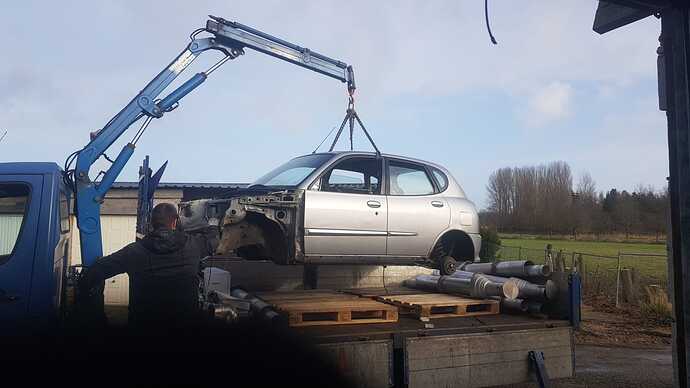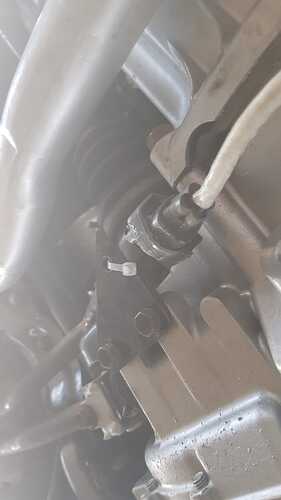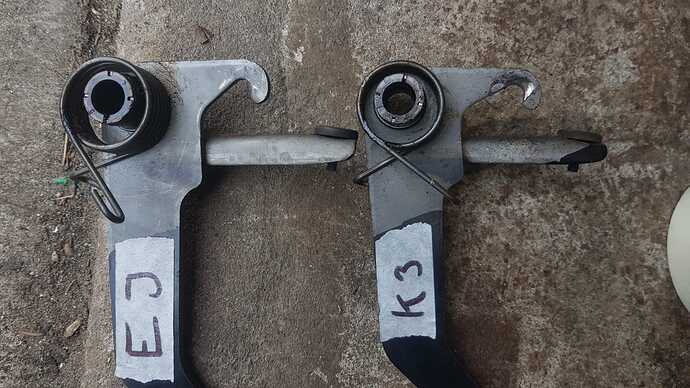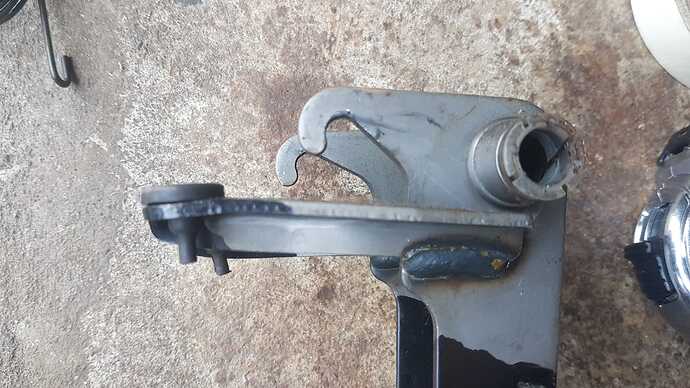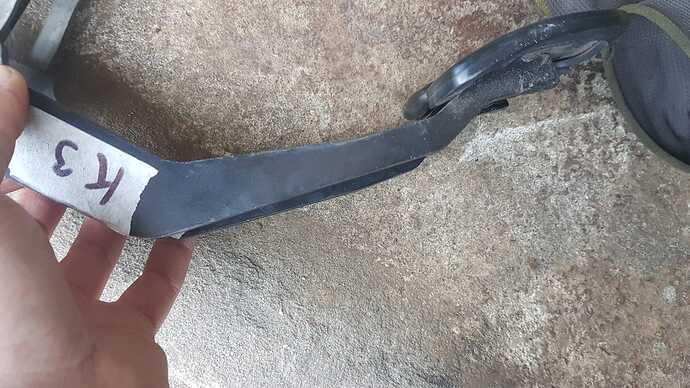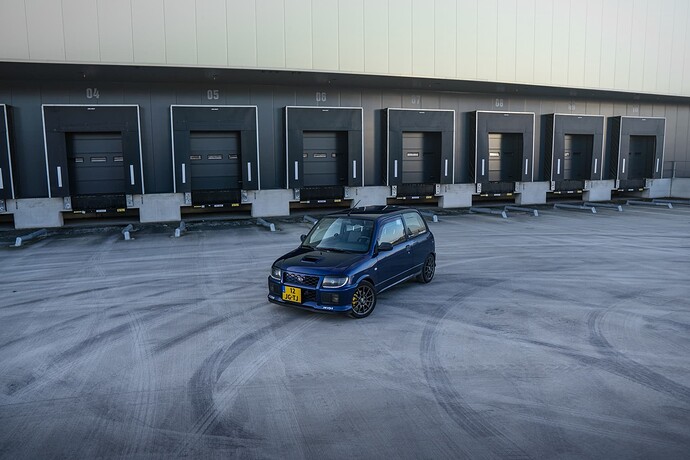Here comes the sun… (DUDUDUDU)
Spring is approaching, but there’s not a lot going on. But, that doesn’t mean there’s nothing to write about!
ROTTEN BUT NOT FORGOTTEN
A few days after writing my last post, I had Tom’s shell picked up to be scrapped. 480kg’s of nothingness, which meant we got a decent amount of stuff out of it. I will miss the little shitbox. Rotten but not forgotten.
Also, this picture might look familiar to you…
DAILY COMMUTE
In that same week, I did a bit of tidying up before my internship started. It’s a great place with nice people, but the location really sucks. It’s about 35km away, which is doable in terms of time spent on the road, but not in terms of money. With gas prices are just depressingly high, and the 3SZ, oddly, being not as economical to drive as the EJ, it’s quite expensive to drive 350km/week. As a student, I can use public transport for free (during the week), but it takes twice as long, and is sensitive to delays, which isn’t great either. Need to figure that out.
But. not all is bad news luckily, because the car (mainly the engine) is behaving wonderfully! Overtaking on the highway (and highway driving in general) has never been easier. I do want to change a few things like the intake, rear suspension and gearbox, to increase comfort (and hopefully fuel economy). Right now, the intake sits right behind the radiator without the OEM ‘cold air intake’ tube, which I’d like to be changed. Also, the gearbox is a bit short for my taste, mainly because of the differential.
The rear suspension is still very rough on my back, so I decided so do a little experiment. I suspected the shockabsorbers were the main culprit, but I wanted to be able to confirm that by testing. I took out the BC shocks (but kept the BC springs), and replaced them with the good ol’ stock shocks. The result was interesting. You could definitely feel the difference, and what kind of difference it made. It was still a little jumpy (like, the frequency was quite high) probably caused by the unchanged springs, but the ride wasn’t as near as harsh as it used to be. To me, this was the perfect way to demonstrate the difference between what shocks and spring do in terms of comfort.
For reference, I did the opposite as well. So, stock springs, BC shocks. Those results were actually even more remarkable. I really tried my best, but there was hardly any difference between this and the full BC setup. The only noticeable difference was when I’d hit a speed bump, because then the rear would actually have a bit more suspension travel. But other than that, the ride was almost just as bumpy and harsh as before.
I’m not sure what I want to do with this, because getting a pair of (custom) springs is way easier than getting a set of shocks. I think I might go with a set of lowering springs on the rear combined with stock shocks, but I want to test that first.
SMALL TWEAKS
The O2 sensor was just hangin’ & chillin’ underneath the gearbox, so I finally made a basic bracket to hold it in place.
CLUTCH PEDAL
Ever since I actually started driving the car, I felt like the whole clutch situation was a bit weird. It hooks up almost instantly when you start depressing the clutch, but I already maxed out on adjustment. Also, the clutch felt lighter than in most stock EJ L7’s I’d driven over the last couple of months, which seemed weird to me.
Last week, I came across the clutch pedal-section on Amayama.com, and noticed that the K3 and EJ both have different pedals. This made me think about how the actual, I don’t know how to name these, clutchlevers (where the clutchcable connects to on the gearbox) and pedalarms (distance between the pivotpoint and the clutchcable on the clutchpedal) might have different lengths and ratio’s, depending on what engine the car is fitted with. Here’s what I found:
Pivot points and foot’rest’ aligned, K3 on top. You can see that the K3 arm is about 10mm longer than the EJ arm. Pivot to clutchcable is around 50mm for the K3, 40mm for the EJ. Also the angle is a bit different.
Other way around, K3 on the bottom.
Bottom part also slightly different.
I didn’t get any pictures of the clutchlevers, but they are (pivot to clutchcable) 125mm long on the EJ trans, and 140mm long for the K3 trans. I’m not sure if this is the right method, but if it is, the ratio’s are like this:
K3: 140/50 = 2.8
EJ: 125/40 = 3.125
My setup (K3 lever + EJ pedal): 140/40 = 3.5
The greater the number, the greater the pedal travel/the less force required.
This would confirm and explain all of my complaints, so I decided to swap pedals! And sure enough, there was plenty of room for adjustment, and the pedal was slightly heavier (which I don’t mind). Fun little experiment, with nice results!
A hypothesis as to why they made both arms longer on the K3: increasing the length on both arms (keeping the ratio the same, unlike they did in this case) means that pedal travel and required force stay the same. However, the stress on the clutch cable is reduced. M = r × F, torque has to be the same, so if the length of the arm (r) increases, the force (F) has to go down. This a very short way of explaining it, but if you’re familiar with physics, you’ll know what i’m trying to say.
That’s all I had to say for now. Until next time!
Enjoy this picture:
